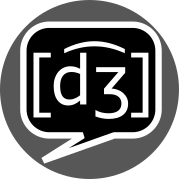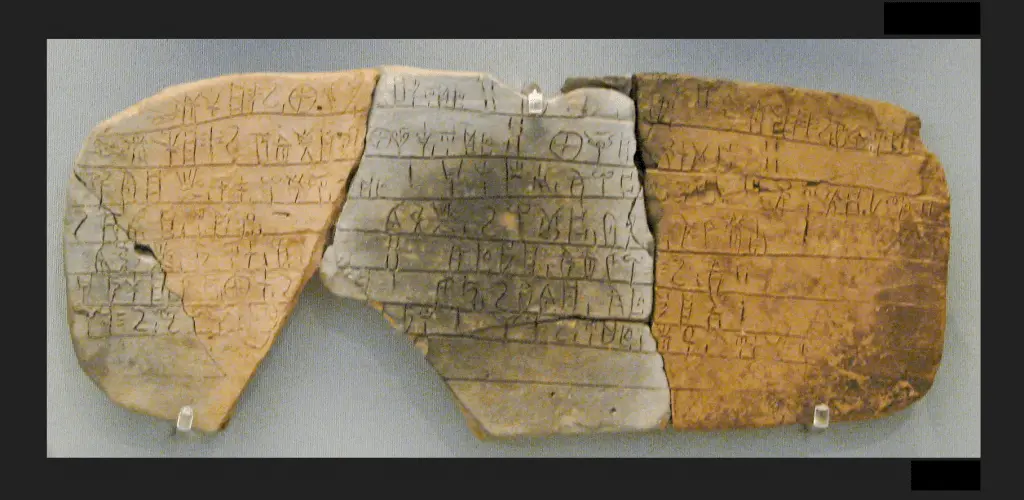- cross-posted to:
- [email protected]
- [email protected]
- [email protected]
- cross-posted to:
- [email protected]
- [email protected]
- [email protected]
What I find interesting the most about the decipherment of Linear B is how it was the decipherment equivalent of building a huge temple, stone by stone.
Ventris and others didn’t have the same luxury as the ones deciphering the Rosetta Stone, who were “gifted” a big text in Egyptian (in two writing systems!) alongside a rather convenient translation to Ancient Greek. No, they were dealing with almost nothing, just a bunch of small pics alongside the text. The link represents this really well with the restroom signs.
Ventris, who had no more Greek than he had left school with and who disclaimed any philological expertise, nonetheless knew that the differences in the first syllable were the result of a disappearing consonant: the words had originally been *korwos and *korwa.
Relevant tidbit: Ancient Greek lacks /w/. And if a cognate in another Indo-European has /w/ or /v/, you’ll usually see nothing or /h/ in Greek (debuccalisation). Latin vs. Greek examples:
- ⟨vinvm⟩ /wi:nũ/ “wine” vs. ⟨οἶνος⟩ /ôi̯.nos/ “wine”
- ⟨visor⟩ /wi:sor/ “seer, viewer” vs. ⟨ἵστωρ⟩ /hísto:r/ “witness”
- ⟨vox⟩ /wo:ks/ “voice” vs. ⟨ὄψ⟩ /óps/ “voice” (poetic)
With that in mind, Ventris’ take was extremely sensible. Somewhere down the road Greek dropped its /w/'s, but it’s perfectly possible that it didn’t affect Linear B.
What Ventris did not know was that Greek had once had the letter q (kw), but in time it had become either t or p (compare the word for “four” in Latin and Greek: quattuor vs tettara; of for “five”: quinque vs pente). So qe was in fact the correct earlier form.
I don’t blame him. The [kʷ]→[p] sound change sounds fairly obvious when you look at the articulations, but unless you have a decent grasp of phonetics it sounds completely unintuitive. And Greek in special made an unholy mess of Proto-Indo-European labiovelars, they can surface in any of the three main points of articulation. (Actually helpful here, because it makes the mistake easier to spot later on.)
What an amazing text. Thanks OP for sharing this!
What an interesting read. Tbh I never paid much thought about how ancient scripts might have been deciphered and it is even more awesome than I would have anticipated.
One thing that is not clear to me, however: The text says
Because Linear B is a syllabary, and not an alphabet
The text does not go into detail about how this could have been known to the researchers. Anybody got a hint for me here?
By the number of different glyphs that you find. Alphabets and abjads typically have 20~30 glyphs, syllabaries around 80~200, and logographic systems have at least a few hundreds.
That’s also how we know that the Voynich manuscript is written in an alphabet, even if nobody deciphered it yet.




